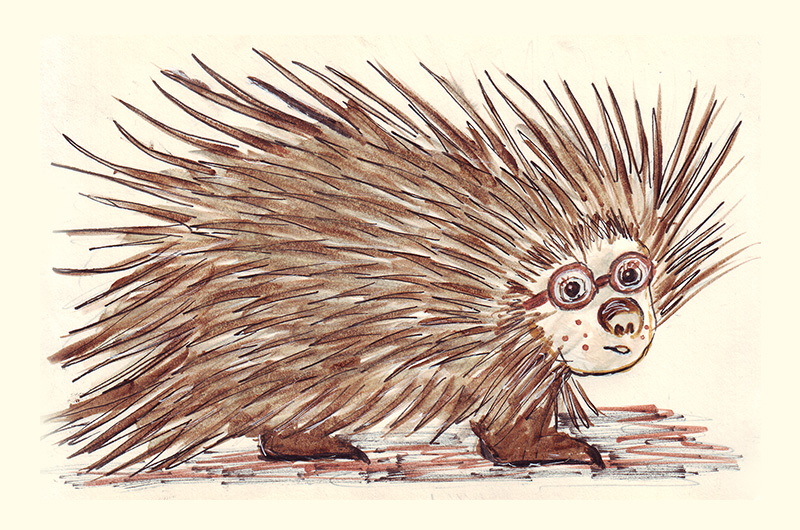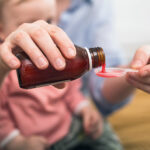Sticking it to needle pain

Ask any kid what they dread most about a visit to the doctor and you’ll likely hear the same answer: “Needles!” Whether in the form of vaccinations or blood draws, the pain associated with needlesticks isn’t “just a small poke” to many children. It’s a major source of fear and distress — and not just for kids.
“A child’s stress is also a parent’s stress,” explains Jean Solodiuk, a pediatric nurse practitioner in the Pain Treatment Center at Boston Children’s Hospital. “Anything we can do to help improve a child’s experience can improve the whole family’s experience.” To that end, Solodiuk and her colleagues throughout Boston Children’s are implementing a number of different strategies to reduce needle pain and fear. Here’s what both families and clinicians can do to help make the experience less scary.
Be honest. Some parents warn their children about an impending doctor visits well in advance, while others don’t tell them until they’ve almost arrived at the hospital. Solodiuk recommends tailoring your approach to your child: If they tend to get anxious, don’t give them weeks to obsess over an appointment. If they don’t like surprises, give them some notice. In any case, explain what will happen in a calm, relaxed voice. Avoid misleading statements about needle pain like, “It won’t hurt.” Avoid telling them how much you expect it to hurt. Instead tell them that we are going to do some things to help and ask, “why don’t you tell us how it feels for you.”
Be present. Reassure your child that you will be with them during the procedure. You can hold a younger child or nurse your baby if they are breastfeeding. “Think about what comforts your child, such as certain music or toys, and bring it to the appointment,” says Solodiuk.
Numb the pain. Topical anesthetic creams that contain lidocaine can help numb the area where your child will be receiving a needlestick. Families seen at Boston Children’s can pick up a tube of lidocaine cream (brand name, ELA-Max) without a prescription and at no charge at the onsite CVS pharmacy or at the CVS at Waltham. Follow the instructions for use, applying it about 30 minutes before the needlestick.
Offer choices. You can give your child a sense of control over the situation by allowing them to make decisions. Some kids want to watch when they get a shot or have blood drawn, while others want to look away, for example. Don’t assume that your child will want a sticker or other prize afterward — let them choose whether they want a “reward”.
Provide positive distraction. It’s natural to want to comfort or commiserate with your child, but saying things like, “I know this is really hard” will only reinforce the situation. Instead, focus on happier distractions, like something fun you have planned after the appointment. Encouragements such as “You’re doing a great job” can also be helpful.
Ask for help. If your child is especially fearful of needles, you don’t have to go it alone. Boston Children’s child life specialists can provide additional support during procedures in many settings. In addition, psychologists can provide help for children with a fear of needles.
Learn about the Pain Treatment Center.
Related Posts :
-

Which pain medication is right for your child? What a pediatrician wants parents to know
There’s no shortage of safe and effective pain medications for children. Acetaminophen (commonly known as Tylenol), ibuprofen (Motrin, Advil), ...
-

When to refer a pediatric patient for endometriosis
Endometriosis is a complex disease in which endometrium-like tissue grows in locations such as the fallopian tubes, ovaries, or pelvic ...
-

‘What I want you to know about endometriosis’: Iva’s story
Growing up, I heard stories about how everyone’s first period is usually no big deal. The cramps, the fatigue, ...
-

Crossing the ocean: Kathryn learns how to manage chronic pain
When Kathryn Chechile, 11, “graduated” from Boston Children’s Pediatric Pain and Rehabilitation Center (PPRC) last year, she painted a tile ...





